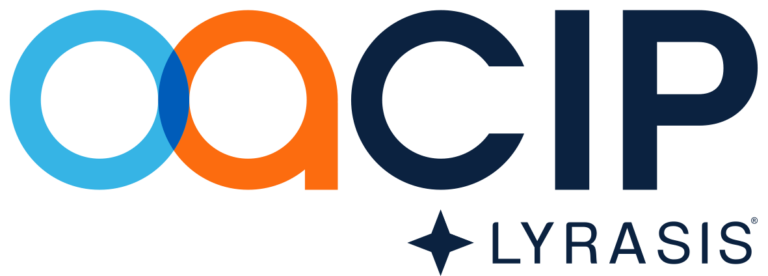What's So Special About Medically Assisted Dying?
DOI:
https://doi.org/10.7202/1121331arKeywords:
Canada, medically assisted dying, MAiD, disabilityLanguage(s):
EnglishAbstract
Critics of Canada’s current medical assistance in dying (MAiD) regime commonly employ two types of argument: 1) that the number of annual provisions shows that it is out of control or on a slippery slope, and 2) that it puts persons with disabilities at risk. Both arguments commit the same fundamental mistake: treating MAiD as different in kind from other forms of medical treatment, including end-of-life treatment.
References
1. Provincial-Territorial Expert Advisory Group on Physician-Assisted Dying. Final Report. Toronto; 30 Nov 2015.
2. Special Joint Committee on Physician-Assisted Dying. Medical Assistance in Dying: A Patient-Centred Approach. Parliament of Canada; Feb 2016.
3. Special Joint Committee on Medical Assistance in Dying. Medical Assistance in Dying in Canada: Choices for Canadians. Parliament of Canada; Feb 2023.
4. Kaiser A, Grant I, Lemmens T, Sheehy E. MAID bill is an affront to equality. Toronto Star. 11 Mar 2021.
5. Coelho R, Gaind KS, Lemmens T, Maher J. Normalizing death as ‘treatment’ in Canada: whose suicides do we prevent and whose do we abet? World Medical Journal. 2022;70(3):27-35.
6. Pullman D. Slowing the slide down the slippery slope of Medical Assistance in Dying: mutual learnings for Canada and the US. American Journal of Bioethics. 2023;23(11):64-72.
7. Pullman D. Moral and intellectual gymnastics in defense of Canada’s out-of-control MAID regime. Impact Ethics. 19 May 2023.
8. Grant I. Legislated ableism: Bill C-7 and the rapid expansion of medical assistance in dying in Canada. McGill Journal of Law and Health. 2024;15(2):259-334.
9. Finnis J. Natural Law and Natural Rights. 2nd ed. Oxford: Oxford University Press; 2011.
10. Keown J. Euthanasia, Ethics and Public Policy: An Argument Against Legalisation. Cambridge: Cambridge University Press; 2004.
11. Gorsuch, NM. The Future of Assisted Suicide and Euthanasia. Princeton: Princeton University Press; 2009.
12. Dumsday T. Assisted Suicide in Canada: Moral, Legal and Policy Considerations. Vancouver: University of British Columbia Press; 2021.
13. Pullman D. MAID in Canada: a sober second look. Impact Ethics. 7 Jun 2024.
14. Health Canada. Fourth Annual Report on Medical Assistance in Dying in Canada. Ottawa; Oct 2022.
15. Health Canada. Fifth Annual Report on Medical Assistance in Dying in Canada. Ottawa; 2023.
16. Ipsos. Support for medically-assisted dying in Canada. 30 Jun 2023.
17. Byram AC, Reiner PB. Disparities in public awareness, practitioner availability, and institutional support contribute to differential rates of MAiD utilization: a natural experiment comparing California and Canada. Mortality. 2024;30(1):252-72.
18. Canadian Institute for Health Information. Annual Report: Hip and Knee Replacements in Canada. Canadian Joint Replacement Registry. Sept 2022.
19. Abortion Rights Coalition of Canada. Statistics—Abortion in Canada. 19 Jun 2025.
20. Vulnerable Persons Standard. 2021.
21. Ho A. Choosing death: autonomy and ableism. In: Veltman A, Piper M, editors. Autonomy, Oppression, and Gender. Oxford: Oxford University Press; 2014. p. 326-50.
22. Bickenbach JE. Disability and life-ending decisions. In: Battin MP, Rhodes R, Silvers A, editors. Physician Assisted Suicide: Expanding the Debate. New York and London: Routledge; 1998. p. 123-32.
23. Wiebe K, Mullin A. Choosing death in unjust conditions: hope, autonomy and harm reduction. Journal of Medical Ethics. 2024;50(6):407-12.
24. Nancy B. v. Hôtel-Dieu de Québec. 1992 86 D.L.R. (4th) 385.
25. Sumner LW. Assisted Death: A Study in Ethics and Law. Oxford: Oxford University Press; 2011.
26. Carter v. Canada (Attorney General). 2012 BCSC 886.
Published
How to Cite
Issue
Section
License
Copyright (c) 2025 Wayne Sumner

This work is licensed under a Creative Commons Attribution 4.0 International License.
The Canadian Journal of Bioethics applies the Creative Commons Attribution 4.0 International License to all its publications. Authors therefore retain copyright of their publication, e.g., they can reuse their publication, link to it on their home page or institutional website, deposit a PDF in a public repository. However, the authors allow anyone to download, reuse, reprint, distribute, and/or copy their publication, so long as the original authors and source are cited.

















_smaller.png)

